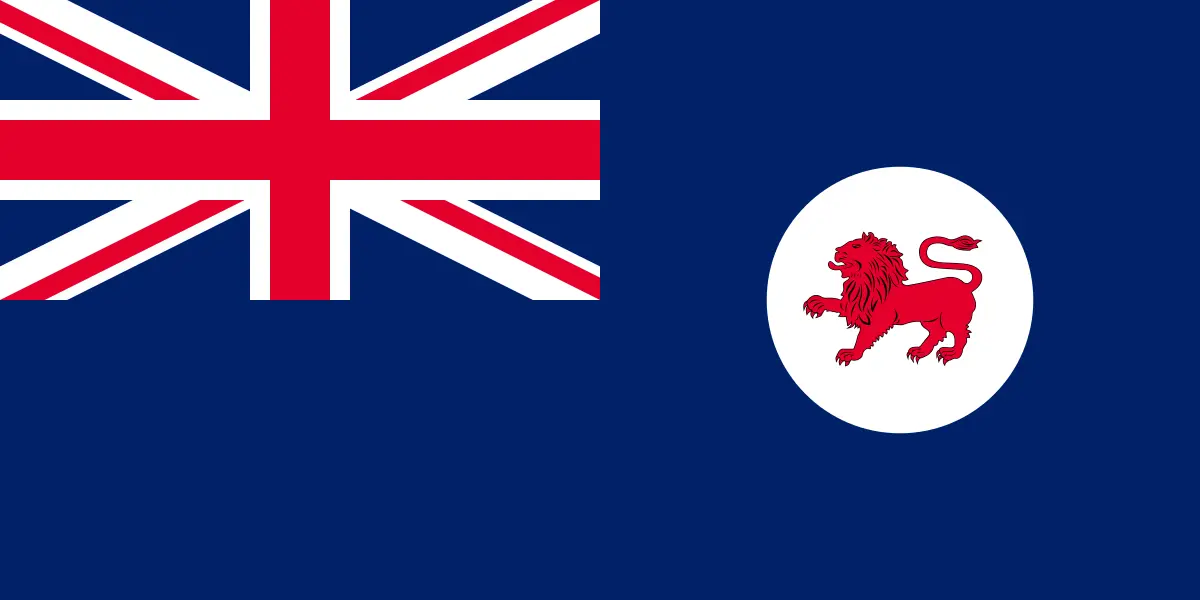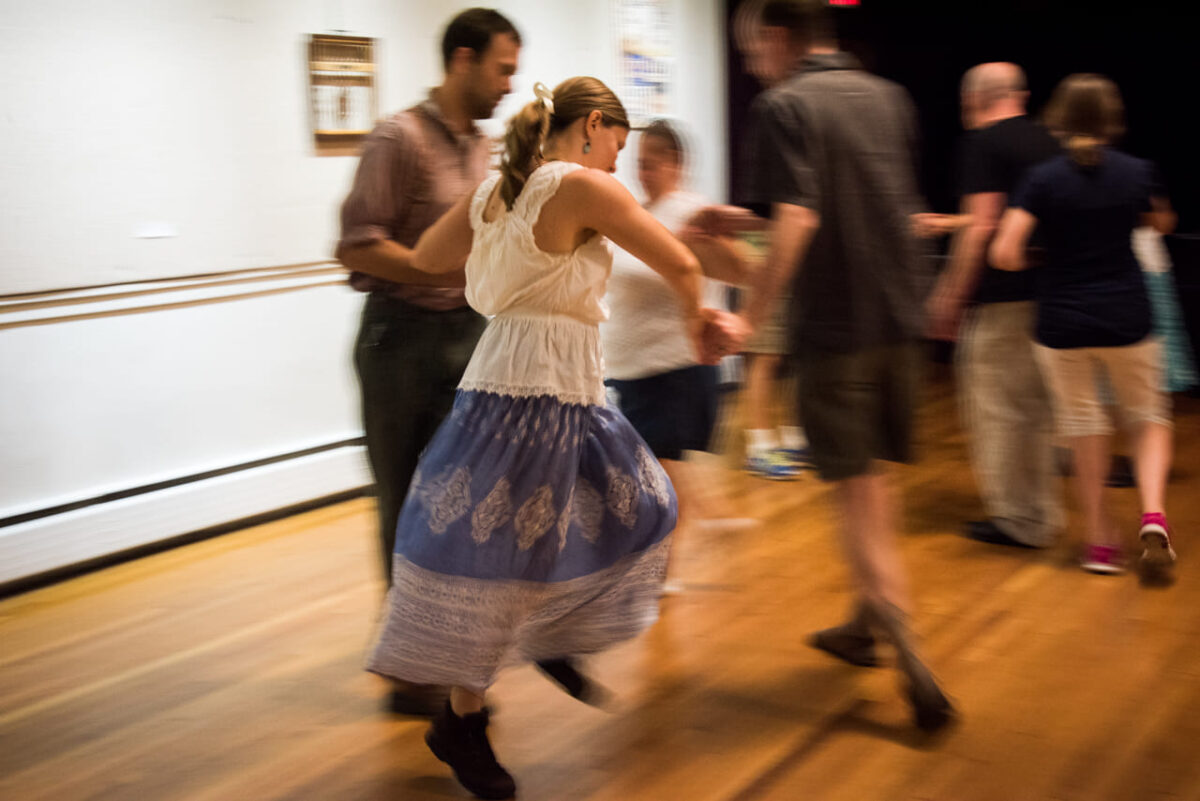Lewis (
Tasmania
 )
)
Give Peace A Chance by John Lennon – Lewis’ goosebump moment
“Hello, I am Lewis and I come from Tasmania. My goosebump moment is when I am sitting at a bar in Tasmania and suddenly, I am struck by the song John Lennon’s ‘Give Peace A Chance’. Hearing that song, I am transported into another world of peace and unity after that a local band gets up to play traditional music with traditional instruments the people get up and dance the environment is shifted it’s a beautiful moment and at that moment, I realized the power of music and how it has the power to change and make the environment better even in a remote place like Tasmania.”
The day John Lennon performed “Give Peace A Chance”
‘Give Peace A Chance’ was recorded on June 1st and 2nd in room 1742 of the Queen Elizabeth Hotel in Montreal, Canada during John & Yoko’s second Bed-In for Peace. The B-Side, ‘Remember Love’ is a song written by Yoko and recorded in the same room.
Released on July 4th 1969 it is John’s first single recorded without the involvement of any other Beatles, it reached No. 2 in the UK singles charts.
A form of line dancing that is fit for all ages
Contra dancing is a form of social American folk dancing similar to square dancing. The contra dance is also known as English country dance, New England folk dance, barn dance, or Appalachian folk dance. In contra dancing, long lines of couples dance together, performing simple footwork patterns, walking steps, and twirls.
Dancers perform to folk music played by a live band featuring mandolins, banjos, and accordions, while a caller calls out the pattern for everyone to follow. Dancers usually wear comfortable shoes and clothes, making contra dancing a casual, social dance form.
History of Contra Dancing
In the seventeenth century, contra dances made their way from Britain to France, where they were adapted into new dances called contra-dances or contredanses, which translates roughly to “opposite dance.”
The French contra-dances returned to England and then made their way to the United States where they were reinterpreted again. During the eighteenth century, contra dances became a popular form of American social dance and were typically referred to as country dances. In the nineteenth century, contra dance fell out of popularity in favor of other couple dances, such as the waltz and the polka.
In the early twentieth century, there was a renewed push for contra dancing by Henry Ford, the head of Ford Motor Company. Ford saw the rise of the jazz scene in the 1920s as a corrupting influence and enlisted his friend Benjamin Lovett, a dance coordinator, to begin a dance program to teach contra dances. Today, the Country Dance and Song Society (CDSS) keeps the tradition of contra dancing alive.
More about Contra Dance:






Rate This Goosebump Moment